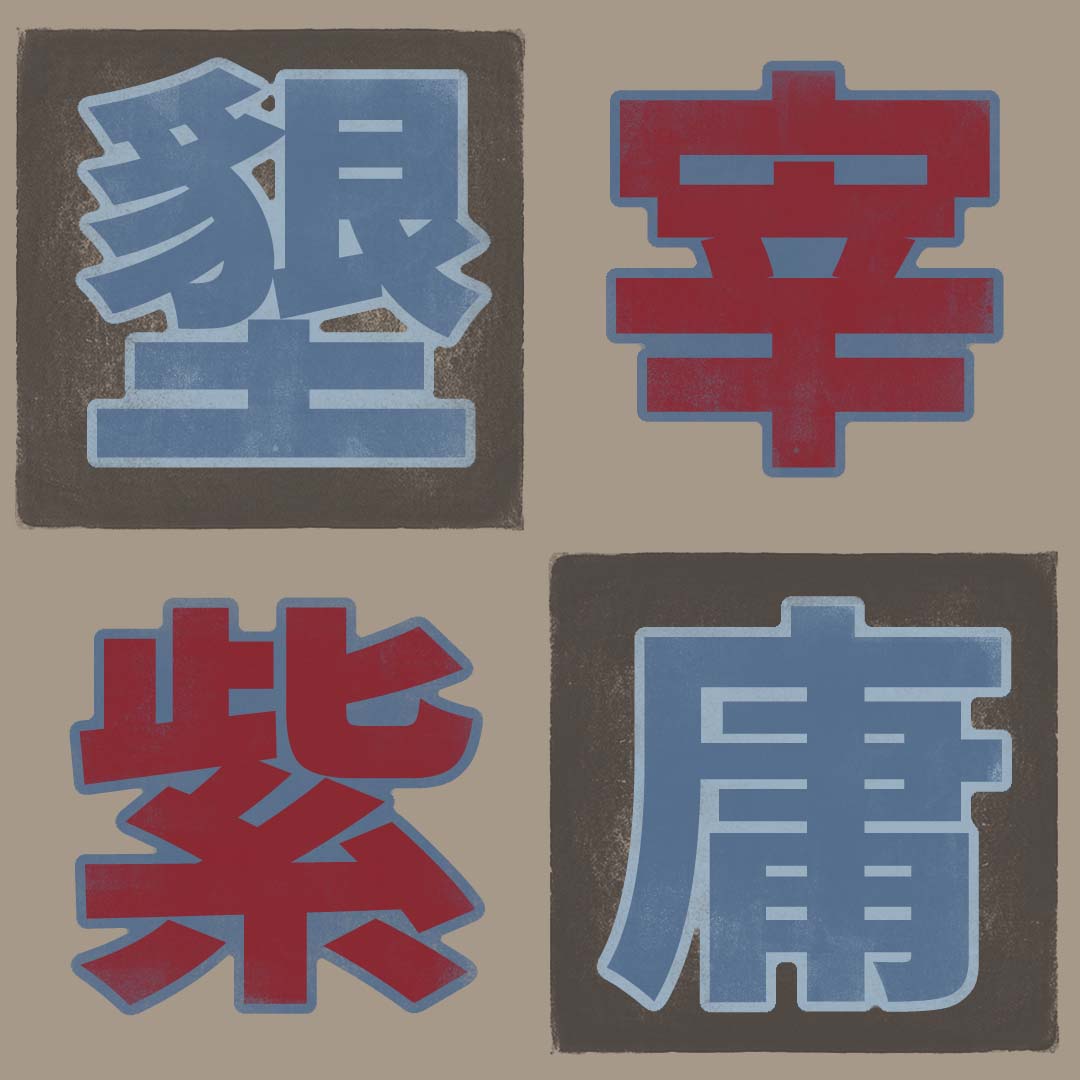
墾
groundbreaking
JOK: 1281
Japan wouldn't be what it is if people hadn't labored to cultivate the land, making it suitable for agriculture and human habitation. Learn how the Japanese use 墾 to represent that major effort, and find out how to combine 墾 with just a few common kanji so you can talk about lands both tamed and wild. Find out how one term can mean both "cultivated land" and its opposite.
宰
superintend
JOK: 1288
From the head of the haiku society to Prime Minister Abe, 宰 enables you to talk about the person in charge. By reading about 宰 in this essay, you'll also learn about an ancient, powerful organization that shaped Japanese culture, a great man who ran Japan after the war, and a fascinating writer whose personal life was such a mess that it'll make you feel good about yours!
紫
purple
JOK: 1320
Purple (紫) has special meaning in Japan. An old name for one of the four major islands contains 紫. The 'Tale of Genji' author chose an alias that included 紫. Kyoto and Edo each had a shade of purple named after them, thanks to a purple plant dye. Purple is associated with various types of elites in Japan. And some Japanese perceive soy sauce and tobacco smoke as purple!
庸
commonplace
JOK: 1875
See how the Japanese perceived Okinawa before it became part of the nation. Discover the Japanese translation of "the banality of evil," and come to understand Hannah Arendt's phrase. Also learn to say, "It's difficult to find a happy medium between living in the city versus the countryside," "He is a man of moderate views," and "That's a mediocre novel by a mediocre writer."
Kanshudo is your AI Japanese tutor, and your constant companion on the road to mastery of the Japanese language.
To get started learning Japanese, just follow the study recommendations on your Dashboard.
You can use Quick search (accessible using the icon at the top of every page) to look up any Japanese word, kanji or grammar point, as well as to find anything on Kanshudo quickly.
For an overview, take the tour.

